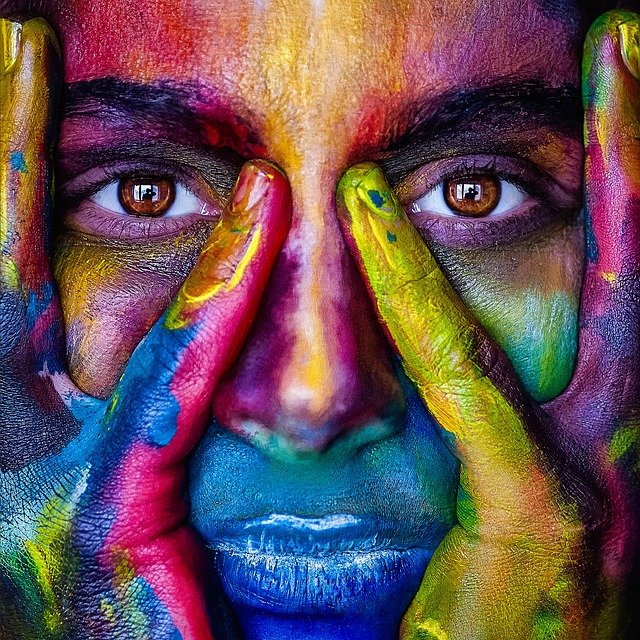Surge in demand has led to platforms hosting marketplaces for the very rich and famous
Last month much of the traditional art world had not heard of Mike Winkelmann. Then the digital artist sold a piece that only exists online for £50 million at a Christie’s auction. Beeple, as he is professionally known, is now the third most expensive living artist in terms of auction prices, after Jeff Koons and David Hockney.
The sale of Winkelmann’s computerised collage of 5,000 images — which include a pregnant cyborg Michael Jackson and a Buzz Lightyear with breasts — has catapulted the digital art scene into the spotlight.
It was made possible by new blockchain-based technology called “non-fungible tokens”, or NFTs, which are certificates of authenticity stored on digital ledgers to prove ownership.
Minting art that has no physical presence but can fetch millions at auction is now “no harder than uploading a video to YouTube,” Winkelmann, 39, said. A surge in demand has led to platforms with marketplaces for such works attracting billionaire investors, celebrity endorsements and attention from artists such as Damien Hirst.
Beaumont Nathan, a leading British art advisory firm, estimates that at least $400 million in digital art has changed hands in the past 18 months, about half of those sales since Christmas.
NFT Investments, an investment vehicle for digital art that is planning a £25 million London float, cited estimates in a trading statement that NFT sales across the industry amount to more than $500 million to date, with $240 million taking place in March.
That figure will grow tenfold in the next year, experts at Hiscox predict. The insurer, which specialises in art, says there has been a “huge growth market in cyber insurance” in the past five years. Aon, another big insurance company, said it was dealing with a “growing number” of art clients who were “developing into the digital space”.
The boom is puzzling many observers in the art world due to the unconventional style of the pieces selling for eye-watering sums, which often have dystopian themes. It has also raised concerns about hacking, money laundering and the security of digital assets.
When the hammer went down last month on the work by Winkelmann called Everydays: The First 5000 Days, it marked the first collision of the traditional and digital scenes, after the auction house Christie’s was persuaded to test the waters of NFTs. Sotheby’s followed suit the following week, announcing an auction deal with another popular digital artist called Pak.This acceptance from art institutions has been hailed as evidence that the crypto world is becoming mainstream.
.
By Charlie Parker, April 13, 2021, published on The Times






